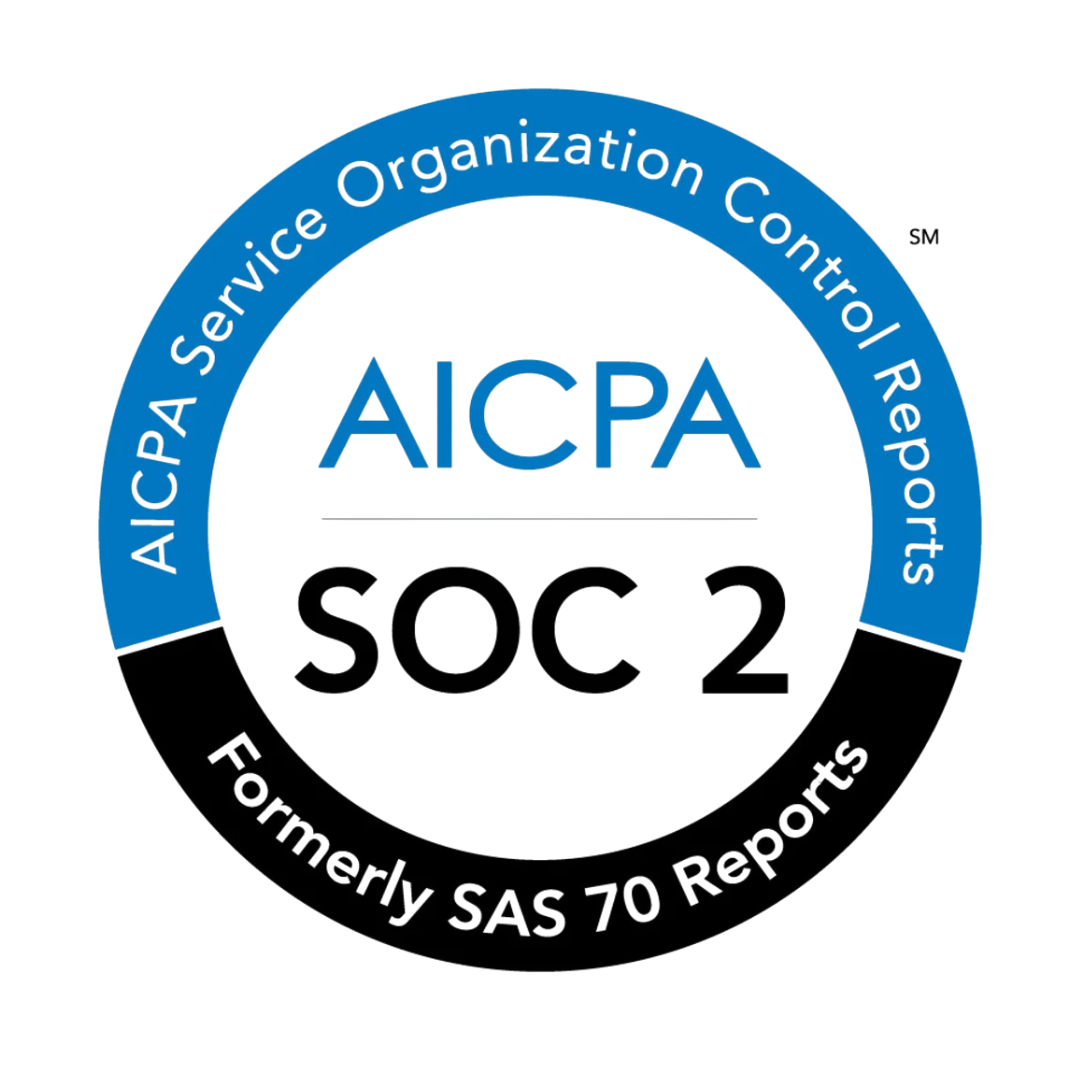The fundraising landscape has fundamentally shifted. While cold emails continue to dominate founder outreach strategies, the data tells a stark story: 95% of cold emails fail to generate replies, with average response rates between 1% and 5%. (Martal) Meanwhile, warm introductions consistently deliver conversion rates of 58% or higher - a 10-20x improvement that can make or break your fundraising timeline.
For founders raising venture capital in 2025, the choice between spray-and-pray cold outreach and precision-targeted warm introductions isn't just about efficiency - it's about survival. (Metal) With over 100 founders currently raising with Metal's platform, we've observed firsthand how data-driven intro mapping transforms fundraising outcomes. (Metal)
The Cold Email Reality Check: 2025 Statistics
The Harsh Numbers
The cold email landscape has deteriorated significantly over the past year. Average cold email open rates dropped to 27.7% from approximately 36% the previous year, while reply rates fell to 5.1%. (Martal) Even more concerning, about 17% of cold emails never reach the inbox due to poor domain authentication, high bounce rates, or spam-triggering language.
For founders operating under tight timelines and limited resources, these statistics represent a fundamental misallocation of effort. Consider the typical fundraising scenario: a founder targeting 200 investors through cold outreach can expect roughly 67 investors to never see their email, 145 to ignore it entirely, and perhaps 10-15 to respond with any meaningful engagement.
Why Cold Emails Fail in Venture Capital
Unlike traditional B2B sales, venture capital operates on relationship-driven decision making. (Enduringplanet) Investors receive hundreds of unsolicited pitches weekly, creating an environment where cold emails are viewed as noise rather than signal. The impersonal nature of cold outreach fails to establish the trust and credibility that venture investors require before committing significant capital.
Moreover, 89% of marketers use email as the primary channel for generating leads, creating an oversaturated environment where even well-crafted cold emails struggle to break through. (Quickmail) In venture capital, where relationships and trust are paramount, this saturation effect is amplified.
The Warm Introduction Advantage: Quantifying the Difference
Conversion Rate Analysis
Warm emails - personalized, targeted messages sent to individuals with whom a business has an existing relationship or prior contact - consistently outperform cold outreach by significant margins. (Quickmail) Industry data shows warm introductions achieve response rates of 58% or higher, compared to the 1-5% typical of cold emails.
This 10-20x improvement in conversion rates translates directly to fundraising efficiency. A founder pursuing 50 warm introductions can expect 25-30 meaningful conversations, compared to the 2-5 responses generated by 200 cold emails. The time savings alone - not to mention the quality of engagement - makes warm introductions the clear strategic choice.
The Trust Transfer Mechanism
Warm introductions work because they leverage what fundraising experts call "trust transfer." When a mutual connection introduces a founder to an investor, they're essentially lending their credibility to validate the opportunity. (Seeds) This social proof mechanism is particularly powerful in venture capital, where investors rely heavily on their networks to source and validate deals.
Building authentic relationships with investors involves keeping them engaged and informed with regular updates and meetings, and finding ways to create value for them. (Enduringplanet) This relationship-first approach creates the foundation for successful warm introductions.
Mapping Your Introduction Pathways: A Data-Driven Approach
Leveraging Your Existing Network
Metal's platform demonstrates how founders can systematically identify warm introduction pathways by integrating Gmail and LinkedIn contacts to reveal previously unknown connections. (Metal) Many founders discover that their existing network contains valuable introduction opportunities that were previously invisible.
The key is moving beyond obvious connections to identify second and third-degree relationships. Metal's customers report identifying useful connections that were previously not on their radar by integrating Gmail and LinkedIn contacts within the platform. (Metal) This systematic approach to network mapping often reveals 3-5x more introduction opportunities than manual relationship tracking.
The Portfolio Founder Strategy
An interesting new avenue has emerged whereby users first identify specific founders that have previously raised from a given investor. (Metal) This portfolio founder approach leverages the natural affinity between entrepreneurs who have worked with the same investor, creating a warm introduction pathway through shared experience.
Metal's documentation provides specific guidance on accessing investors via portfolio founders, enabling founders to systematically identify and approach entrepreneurs who can provide valuable introductions. (Metal Docs) This strategy is particularly effective because portfolio founders understand both the investor's preferences and the fundraising process.
Mobilizing Existing Investors
Your existing investors are heavily incentivized to help you raise your next round. (Metal) However, the ability of founders to mobilize the support of existing investors is a learned skill that requires systematic approach and clear communication.
Frequent and detailed investor updates along with quarterly calls are a good starting point for building the relationships necessary for effective introductions. (Metal) During a raise process, before making specific asks, you want to conduct extensive research to identify the 3-5 most valuable introductions from a given investor.
The Metal Playbook: Systematic Introduction Mapping
Step 1: Network Integration and Analysis
Metal's platform enables founders to take a data-driven approach to the raise process, shifting the odds in their favor through systematic network analysis. (Metal) The first step involves integrating your Gmail and LinkedIn data to create a comprehensive view of your professional network.
This integration reveals connection pathways that manual tracking often misses. The platform's intelligence features help identify not just direct connections, but also the strength and relevance of potential introduction paths. (Metal Intelligence)
Step 2: Investor Research and Prioritization
Metal uses historical data on venture investments to identify the core thesis that each investor has been investing in. (Metal) This research phase is critical for identifying the 3-5 most valuable introductions from each potential connector in your network.
The platform's search functionality allows founders to filter investors based on stage, sector, geography, and 20+ other granular filters, plus smart system recommendations to surface the best-fit matches. (Metal Search) This precision targeting ensures that introduction requests are strategic rather than opportunistic.
Step 3: Introduction Request Strategy
Metal's built-in CRM helps manage and track fundraising outreach from start to finish, including the systematic management of introduction requests. (Metal) The platform's documentation provides specific guidance on crafting and managing intro requests effectively. (Metal Docs)
The key is to approach introduction requests with the same level of preparation and strategy as direct investor outreach. This means providing clear context, specific asks, and making the introduction process as easy as possible for your connector.
Building Your Introduction Pipeline
Identifying High-Value Connectors
Not all connections are created equal when it comes to investor introductions. The most valuable connectors typically fall into several categories:
• Portfolio founders who have raised from your target investors
• Existing investors with strong relationships in your target investor network
• Industry executives with venture capital connections
• Service providers (lawyers, accountants, consultants) who work with both founders and investors
• Accelerator alumni and program directors with extensive investor networks
Metal's platform helps identify these high-value connectors by analyzing connection strength, relevance, and introduction potential across your integrated network data. (Metal)
The Three-Touch Introduction Strategy
Successful introduction requests typically follow a three-touch strategy:
1. Context Setting: Reach out to your potential connector with context about your raise and specific introduction targets
2. Introduction Facilitation: Provide all necessary materials and make the introduction process effortless
3. Follow-up and Gratitude: Keep your connector informed about outcomes and express genuine appreciation
This systematic approach increases introduction success rates while building stronger relationships with your network.
Timing Your Introduction Requests
Timing is critical for introduction requests. The most effective founders coordinate their introduction requests to create momentum and social proof. Rather than requesting introductions sporadically, successful founders often batch their requests to create a sense of urgency and validation around their raise.
Metal's CRM functionality helps founders coordinate this timing by tracking introduction requests, responses, and follow-ups across their entire network. (Metal)
Advanced Introduction Strategies
The Reverse Introduction Approach
Sometimes the most effective introduction strategy works in reverse. Instead of asking for introductions to specific investors, successful founders often ask their network: "Which investors do you think would be most excited about what we're building?" This approach leverages your connector's knowledge and judgment while potentially revealing opportunities you hadn't considered.
Creating Introduction Opportunities
Proactive founders don't just wait for introduction opportunities - they create them. This might involve:
• Hosting events or dinners that bring together potential connectors and targets
• Speaking at industry conferences where target investors are present
• Participating in accelerator demo days or pitch competitions
• Contributing to industry publications or podcasts that investors follow
These activities create natural contexts for warm introductions while building your reputation and credibility in the ecosystem.
The Multi-Path Strategy
For high-priority investors, successful founders often pursue multiple introduction pathways simultaneously. Rather than relying on a single connector, they identify 2-3 potential introduction sources and coordinate their approach to maximize success probability while avoiding awkward overlaps.
Metal's network analysis helps identify these multiple pathways and coordinate outreach to avoid conflicts or redundancy. (Metal)
Measuring and Optimizing Introduction Success
Key Metrics to Track
Successful introduction strategies require systematic measurement and optimization. Key metrics include:
• Introduction Request Success Rate: Percentage of requests that result in actual introductions
• Introduction-to-Meeting Conversion: Percentage of introductions that result in investor meetings
• Meeting-to-Follow-up Conversion: Percentage of meetings that result in continued investor interest
• Time-to-Introduction: Average time from request to completed introduction
• Connector Satisfaction: Feedback and continued willingness to make introductions
Metal's CRM functionality enables founders to track these metrics systematically, identifying which introduction strategies and connectors deliver the best results. (Metal)
Continuous Network Development
The most successful founders treat network development as an ongoing process rather than a fundraising-specific activity. This involves:
• Regular engagement with existing connections through updates and value-add communications
• Strategic relationship building with potential future connectors
• Systematic documentation of new connections and their introduction potential
• Reciprocal introduction making to strengthen network relationships
Over 70% of Metal's customers have previously raised $1M+, indicating that successful fundraising creates a foundation for future introduction opportunities. (Metal) Each successful raise expands your network and introduction potential for future rounds.
Common Introduction Pitfalls and How to Avoid Them
The Spray-and-Pray Introduction Trap
Some founders make the mistake of requesting introductions to every investor their network knows, regardless of fit or strategic value. This approach dilutes your message, overwhelms your connectors, and reduces the likelihood of high-quality introductions.
Metal's high-precision fundraising approach emphasizes quality over quantity, helping founders identify the most strategic introduction opportunities rather than pursuing maximum volume. (Metal)
Insufficient Preparation
Many introduction requests fail because founders haven't done sufficient preparation. This includes:
• Inadequate research on target investors
• Unclear value proposition or ask
• Missing or poorly prepared introduction materials
• Lack of context for the connector about why the introduction makes sense
Metal's investor intelligence features help founders conduct thorough research before requesting introductions, ensuring that each request is strategic and well-prepared. (Metal Intelligence)
Poor Follow-up and Relationship Management
Successful introductions require systematic follow-up with both the investor and the connector. Many founders focus exclusively on the investor relationship while neglecting to keep their connector informed about outcomes and express appropriate gratitude.
This oversight damages future introduction potential and weakens network relationships. Metal's CRM helps founders manage both investor and connector relationships systematically. (Metal)
The Future of Fundraising: Data-Driven Relationship Building
Technology-Enabled Network Intelligence
The future of fundraising lies in combining relationship-driven approaches with data-driven intelligence. Platforms like Metal demonstrate how technology can enhance rather than replace human relationships by providing better visibility into network connections and introduction opportunities. (Metal)
This technology-enabled approach allows founders to be more strategic and systematic about relationship building while maintaining the personal touch that makes warm introductions effective.
The Compound Effect of Successful Introductions
Successful warm introductions create compound effects that extend far beyond individual fundraising rounds. Each successful introduction:
• Expands your network with new high-value connections
• Builds your reputation within the investor ecosystem
• Creates reciprocal introduction opportunities
• Establishes relationships that benefit future fundraising efforts
Metal's platform helps founders capitalize on these compound effects by systematically tracking and nurturing the relationships created through successful introductions. (Metal)
Conclusion: The Strategic Imperative
The data is unequivocal: warm introductions deliver 10-20x better conversion rates than cold email outreach. (Quickmail) For founders operating in the competitive 2025 fundraising environment, this performance difference represents a strategic imperative rather than a tactical preference.
Metal's approach to high-precision fundraising demonstrates how systematic network mapping and introduction strategy can transform fundraising outcomes. (Metal) By integrating data-driven investor research with relationship-driven introduction strategies, founders can shift the odds dramatically in their favor.
The choice between cold email and warm introductions isn't just about response rates - it's about building the relationships and reputation that will serve your company throughout its growth journey. In a world where 95% of cold emails fail to generate replies, the founders who master warm introduction strategies will have a decisive competitive advantage. (Martal)
For founders ready to move beyond spray-and-pray tactics, the path forward is clear: invest in systematic network mapping, prioritize relationship building, and leverage platforms like Metal to identify and execute high-value introduction strategies. (Metal) The data doesn't lie - warm introductions work, and in 2025, they're not optional for serious fundraising success.
Frequently Asked Questions
What's the actual conversion difference between warm introductions and cold emails in 2025?
The data shows a dramatic difference: warm introductions achieve conversion rates of 58% or higher, while cold emails struggle with response rates between just 1-5%. This represents a 10-20x improvement in effectiveness. Additionally, 95% of cold emails fail to generate replies, and about 17% never even reach the inbox due to deliverability issues.
Why are cold email response rates declining so dramatically?
Cold email performance has deteriorated significantly, with average open rates dropping to 27.7% from ~36% the previous year, and reply rates falling to 5.1%. This decline is attributed to improved spam filters, poor domain authentication, high bounce rates, and the increasing use of spam-triggering language in outreach campaigns.
How can founders systematically map introduction pathways for fundraising?
Founders should start by auditing their existing network, including current investors, advisors, customers, and professional connections. The key is creating a systematic approach that identifies who in your network has connections to target investors, then crafting specific asks for introductions rather than direct funding requests. This data-driven approach helps prioritize the highest-probability pathways.
What role do existing investors play in securing warm introductions?
Existing investors are often the most valuable source of warm introductions because they're already invested in your success and have extensive networks within the investment community. Building authentic relationships through regular updates and creating value for them increases their willingness to make strategic introductions. Many successful fundraising rounds leverage existing investor networks as the primary introduction pathway.
How can AI platforms help optimize fundraising workflows and investor relationships?
AI platforms designed for financial services can transform diligence and portfolio management workflows by organizing fund data and streamlining investor communications. These platforms use generative AI to help manage investor relationships more effectively, track introduction pathways, and maintain the detailed records necessary for systematic fundraising approaches while adhering to high security standards.
What's the most effective way to ask for introductions without directly asking for money?
The most successful approach involves inviting connections to events or sharing specific opportunities where they can add value, rather than making direct funding requests. Focus on building relationships first by providing updates, insights, or opportunities that benefit your network. When you do ask for introductions, be specific about the type of investor you're seeking and why the connection would be mutually beneficial.
Sources
1. https://docs.metal.so/content/accessing-investors/via-portfolio-founders
2. https://docs.metal.so/content/network/intro-requests
3. https://enduringplanet.com/insights/strengthening-relationships-with-investors
4. https://martal.ca/b2b-cold-email-statistics-lb/
5. https://quickmail.com/cold-email-versus-warm-email-conversion-rates
6. https://seeds.bluem.ventures/p/anyone-can-be-a-relational-fundraiser
8. https://www.metal.so/blog/spray-and-pray-vs-high-precision





